AI Agents vs Chatbots vs Virtual Assistants Difference in 2025

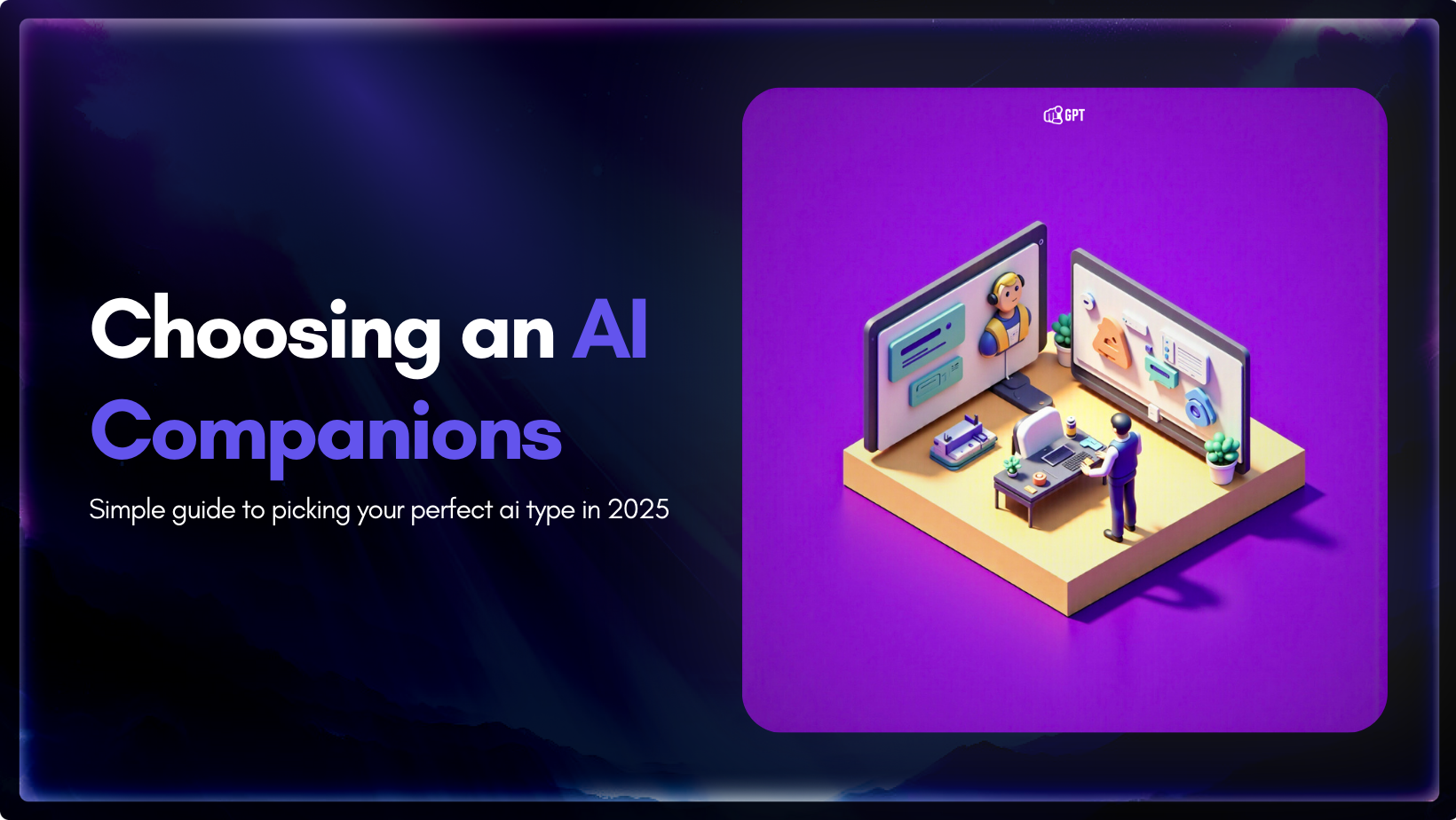
AI Agents vs Chatbots vs Virtual Assistants Difference in 2025 is a question many business leaders are asking as they evaluate automation strategies. The three terms are often grouped together, but they are not interchangeable.
A chatbot answers questions (often on a website or help desk). A virtual assistant manages personal tasks (like booking meetings or sending reminders). An AI agent, on the other hand, works in stages (planning, taking action, and double-checking results) just like a skilled professional handling a project.
The choice between these options is important. The wrong choice can impact your business results, daily workflow, and how satisfied your customers feel.
In this blog, we’ll cover how AI agents, chatbots, and virtual assistants differ, what those differences mean for your business, and how to choose the best option for your needs.
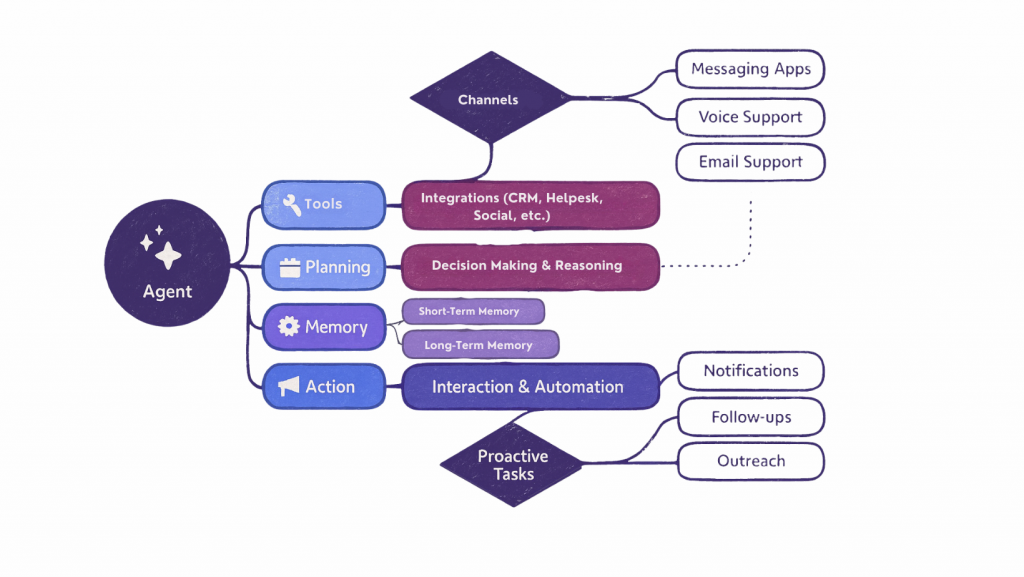
AI agents in 2025 have moved far beyond the image of a chatbot with a new label.
They are built to manage both conversation and action. Instead of stopping at an answer, they carry out the next steps that follow (e.g updating records, sending confirmations, or triggering workflows across systems).
A modern agent usually operates in three layers, but the way each layer works has matured:
This pattern reflects the “sense–think–act” cycle known in cognitive psychology and robotics. The difference in 2025 is that large language models make it practical for business operations.
For companies, the benefits are measurable. Agents can:
The economic side is clear too. Gartner estimates that AI agents could cut contact centre costs by billions within the next year.
Reasoning, when combined with automation, is transforming industries. Agents are now changing sales, HR, logistics, and customer service in ways that chatbots and virtual assistants never could since they are now working together instead of being tools.
Chatbots in 2025 still remain an important part of digital communication, though their role has shifted. They focus on conversations by providing quick answers, guiding users through options, and connecting people to the right resources. In difference AI agents handle entire tasks from start to finish.
A modern chatbot typically works in three ways:
This design makes them reliable for repeatable and predictable interactions. Businesses still rely on chatbots to:
Even with AI agents growing in adoption, chatbots add value where simplicity and scale matter. They are cost-efficient, easy to set up, and effective when the goal is quick response rather than multi-step reasoning.
Chatbots remain effective for common queries in the initial stage of support. When businesses face tasks that need advanced reasoning or multi-system coordination, AI agents provide the next level of capability.
Virtual assistants are designed to simplify everyday tasks by combining voice, natural language understanding, and device integration.
They focus on personal productivity rather than business-wide application. Users interact with them through smartphones, desktops, or smart devices to manage small but frequent tasks.
A virtual assistant typically helps with:
These assistants have become more context-aware and proactive. Instead of only responding to direct commands, they can suggest follow-up actions, remind users of deadlines, and adapt to individual work habits. Integrations with productivity tools like Google Workspace, Microsoft 365, and Slack make them part of daily routines for professionals.
For businesses, the value comes from saving employee time on repetitive coordination tasks. By automating scheduling, reminders, and basic information requests, virtual assistants reduce distractions and keep teams focused on higher-value work.
The trend in 2025 is moving toward voice-first interactions blended with generative AI with multimodalities (Images, videos), allowing virtual assistants to provide answers that feel more natural while still keeping productivity at the centre.
| Feature | AI Agents | Chatbots | Virtual Assistants |
|---|---|---|---|
| Goal Focus | Manage outcomes across multiple systems and processes | Provide quick answers and guide users and route queries | Support personal productivity tasks |
| Autonomy | High able to plan act and adapt with minimal supervision | Low to medium follow structured flows with limited reasoning | Low reactive to user prompts |
| Core Abilities | Multi step workflows plus reasoning plus tool use with Agentic RAG | RAG context aware answers and some chatbot platforms still uses scripted flows | Scheduling plus reminders plus device and app control |
| Context Handling | Retains and applies context across channels and data sources and tools | Handles context within chat history or FAQ logic | Limited to device ecosystem and linked apps |
| Tool Use | APIs and enterprise software and external systems | knowledge retrieval or Pre defined chat flows | Integration with calendars and emails and smart devices |
| Best Business Fit | Actionable customer support, sales and operations | Website support and lead capture and high volume queries | Employee productivity and personal assistance |
ROI in 2025 is measured by more than cost control. Businesses look at how fast they can deliver outcomes, where revenue can grow, and whether teams can scale without adding more people.
Chatbots and virtual assistants deliver solid but limited returns. They cut costs by handling high-volume queries, offering round-the-clock availability, and reducing routine coordination for staff. This efficiency is valuable for companies with large customer bases, but the impact remains incremental since these tools cannot manage workflows beyond their immediate tasks.
AI agents create a wider spectrum of returns. In customer support, they lower the cost per interaction from several dollars to nearly one by resolving issues end-to-end.
Sales teams benefit as leads are qualified, follow-ups happen instantly, and deal cycles move faster without human intervention. Operations also gain, with agents handling refunds, monitoring compliance, and surfacing real-time insights that guide decision-making.
The Gartner and IDC forecasts cited in industry analysis reveal the scale of transformation:
Analyst forecasts highlight the scale of this shift. Gartner projects billions in annual savings for contact centres by the end of 2025. IDC expects enterprises that adopt agents across business functions to see ROI multiples between three and eight times higher than those relying only on chatbots or assistants.
Chatbots and virtual assistants are excellent in reducing workload and delivering speedy results. However, AI agents unlock structural ROI by reducing costs at scale, generating new income, and automating operations that were previously too complicated to automate.
YourGPT AI Agents change static business functions into adaptive systems. They do more than answer questions or process tickets. They connect conversations with actions and turn support sales and operations into growth engines.
Support used to wait for customers to raise a problem. With YourGPT the model changes. Agents predict issues and act before they escalate.
This turns support into a proactive service that reduces waiting time and improves satisfaction.
Sales teams spend much of their time on lead checks and follow up. YourGPT takes that work and frees the team to focus on closing.
Sales conversations become more direct and productive. Teams reach more qualified prospects without extra staff.
Operations gain the widest impact. YourGPT AI Agents run complex workflows and scale without adding new people.
The result is faster processing and stronger operational control at enterprise scale.
YourGPT delivers speed in setup and reliability in outcomes.
Industries report fast payback. Financial services see returns in four months. SaaS in three months. Ecommerce in six months. Healthcare in nine months. Manufacturing in seven months.
YourGPT AI is not just another tool. It is built to connect conversations with actions. The platform provides one system for customer service sales and operations. This delivers lower costs higher efficiency and stronger growth.
If you found this comparison useful, here are some related articles worth reading:
AI will evolve into organisation-level ecosystems where agents work across departments. Insights from one process will automatically improve another, creating compound productivity gains.
Agents will move from being reactive to becoming proactive actors. They will execute multi-step tasks without prompts and connect across platforms to form an Agentic Web, where agents can discover, collaborate, and share intelligence across systems.
MoE models will mature into highly efficient and scalable systems. They will activate only the expert modules needed for a given task, making business-scale deployments more accurate, and more cost effective.
Diffusion, which changed image generation, is being applied to text. These models are expected to speed up inference, produce more reliable results, and move beyond the token-by-token prediction that dominates today.
With AI embedded into business operations, transparency and compliance will become non-negotiable. Built-in audit trails and explainable decisions will make it easier to meet regulatory requirements and maintain trust.
Today, prompting is more flexible than ever. With models like GPT-5, clear instructions often get the job done in one line. In the future, models will understand intent even better and follow instructions with greater precision, making prompt engineering simpler and more natural.
Choosing conversational AI is a step-by-step process. Each stage delivers different value. A chatbot can handle high-volume queries and take pressure off your support team. A virtual assistant makes daily work easier through scheduling, reminders and quick personalised help.
Adoption works best when it grows with your business needs. Start small to validate data quality and customer experience. Expand into broader use cases once teams see real benefits.
Move to YourGPT AI for full workflow automation so your staff can focus on new projects while routine tasks are handled in the background.
Good ROI comes from steady improvement rather than one-off cost savings. Track results that matter to customers and teams. Involve multiple departments when shaping how AI evolves in your company. This keeps performance aligned with real business goals.
Companies following this approach achieve faster service, stronger sales outcomes and more reliable operations. With YourGPT AI in place automation supports customer relationships and drives measurable growth.
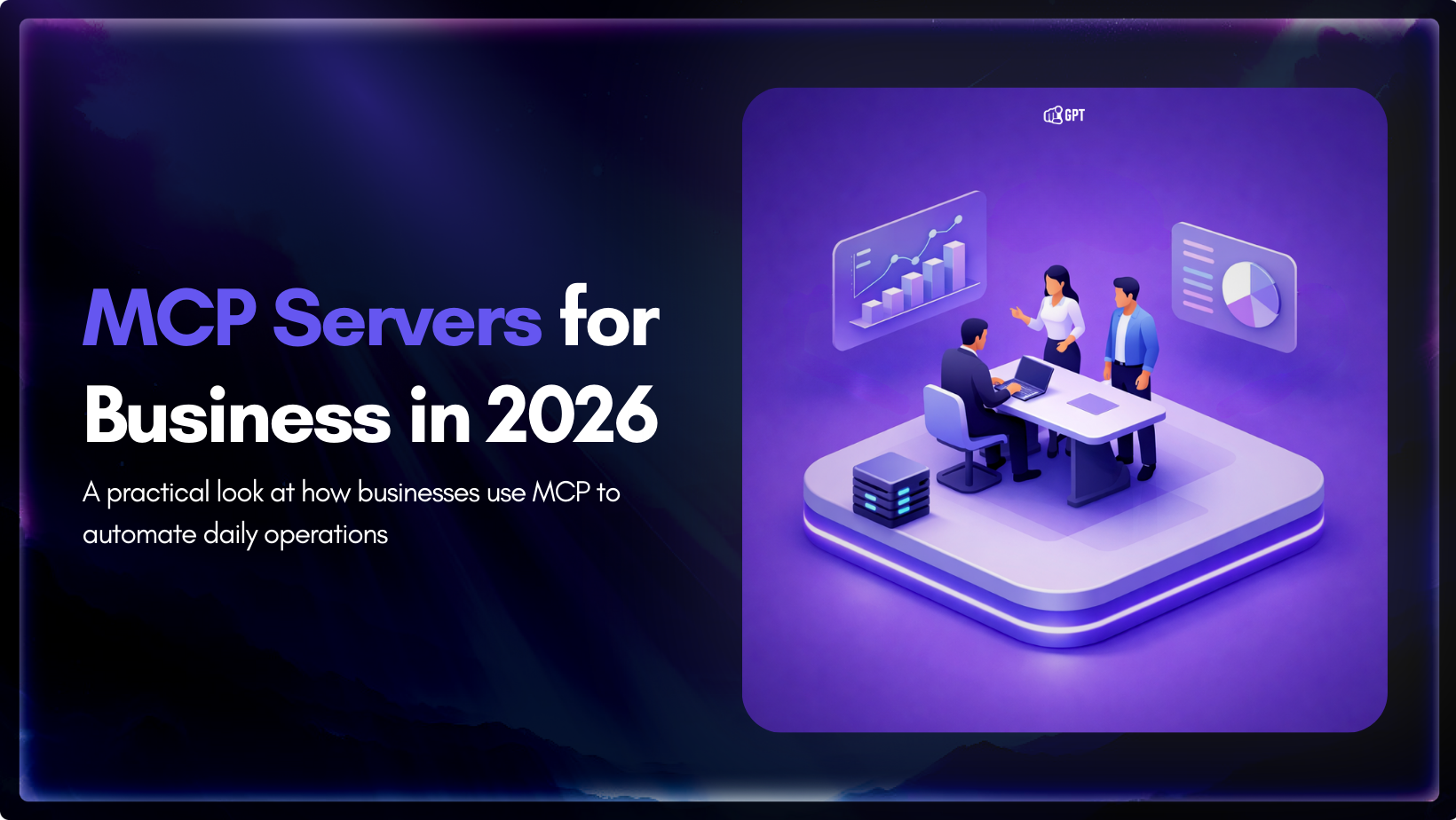
Growth-focused teams move faster when their tools work together instead of competing for attention. Modern development depends on multiple systems to ship code, review changes, monitor services, and access data. Each system serves a purpose, but routine work often means moving between dashboards, scripts, and internal tools. These small transitions shape how consistently a team […]

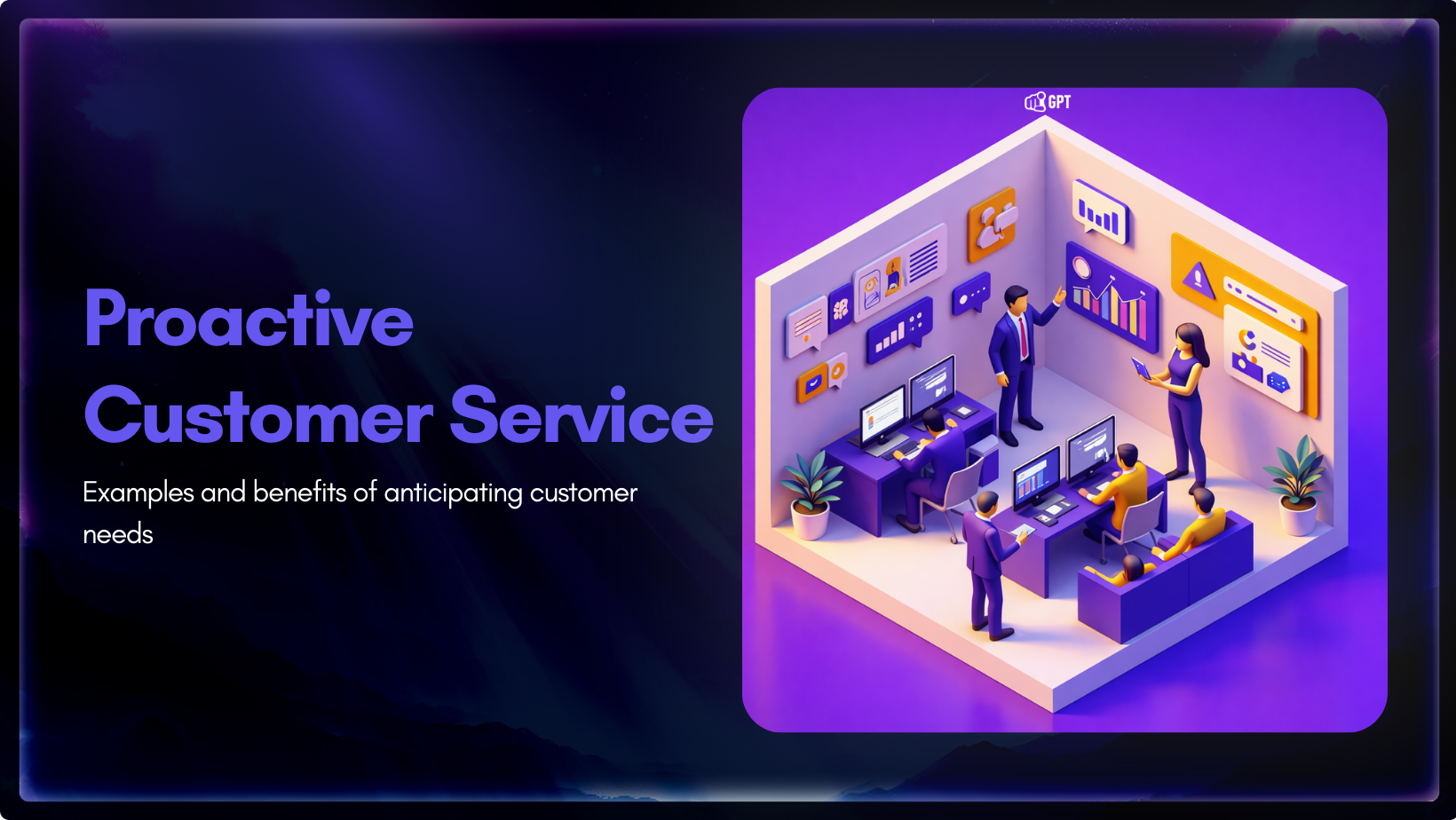
Most customer service moments begin long before a ticket is created. Something feels off. A payment does not go through. A delivery update stops moving. A user gets stuck at the same step and tries again. Customers usually pause, check, retry, and wait before they decide to ask for help. Proactive customer service works inside […]

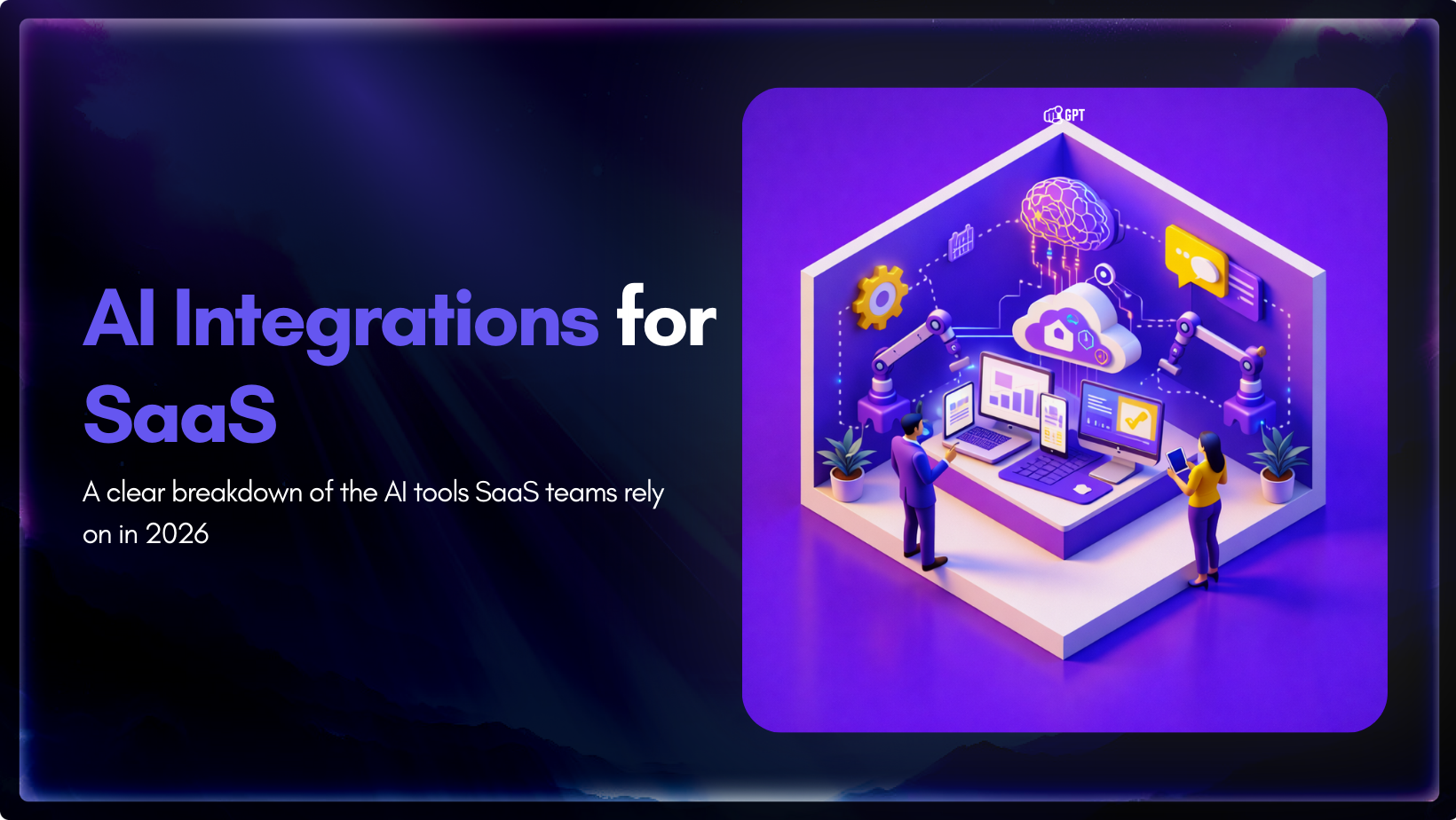
AI has become a core part of how modern SaaS products are built and delivered. In 2026, customers expect intelligent assistance to be available throughout their journey, from onboarding and everyday product usage to support and account management. Inside SaaS teams, AI is increasingly used to speed up workflows, reduce repetitive tasks, and improve how […]

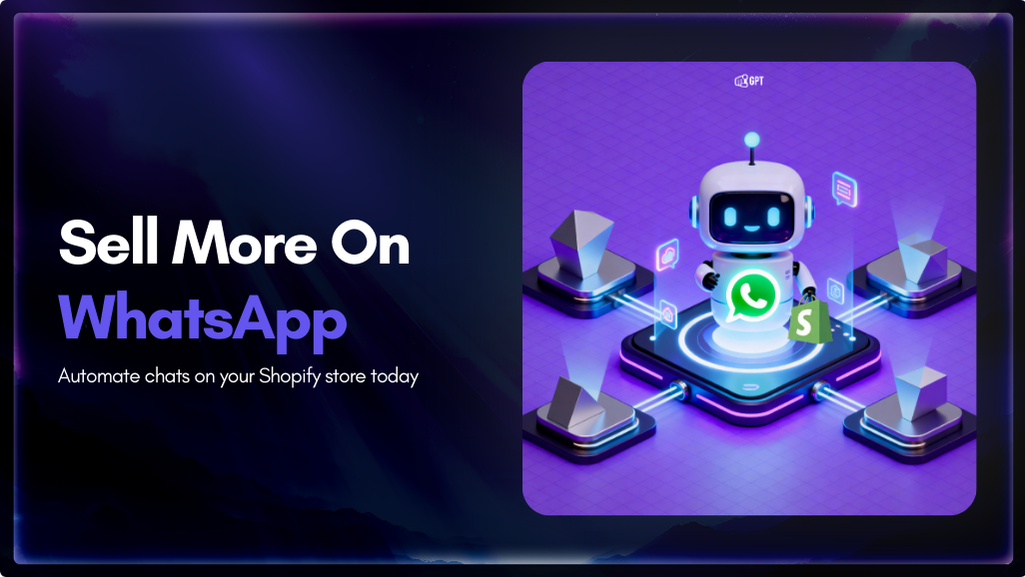
Shopify stores often use a chatbot on their website to handle product questions, order updates, and support. But customers also message on WhatsApp expecting the same quick answers. Most of them already use WhatsApp throughout the day, so reaching out there feels natural. A chatbot that works across both channels responds in seconds, guides purchase […]

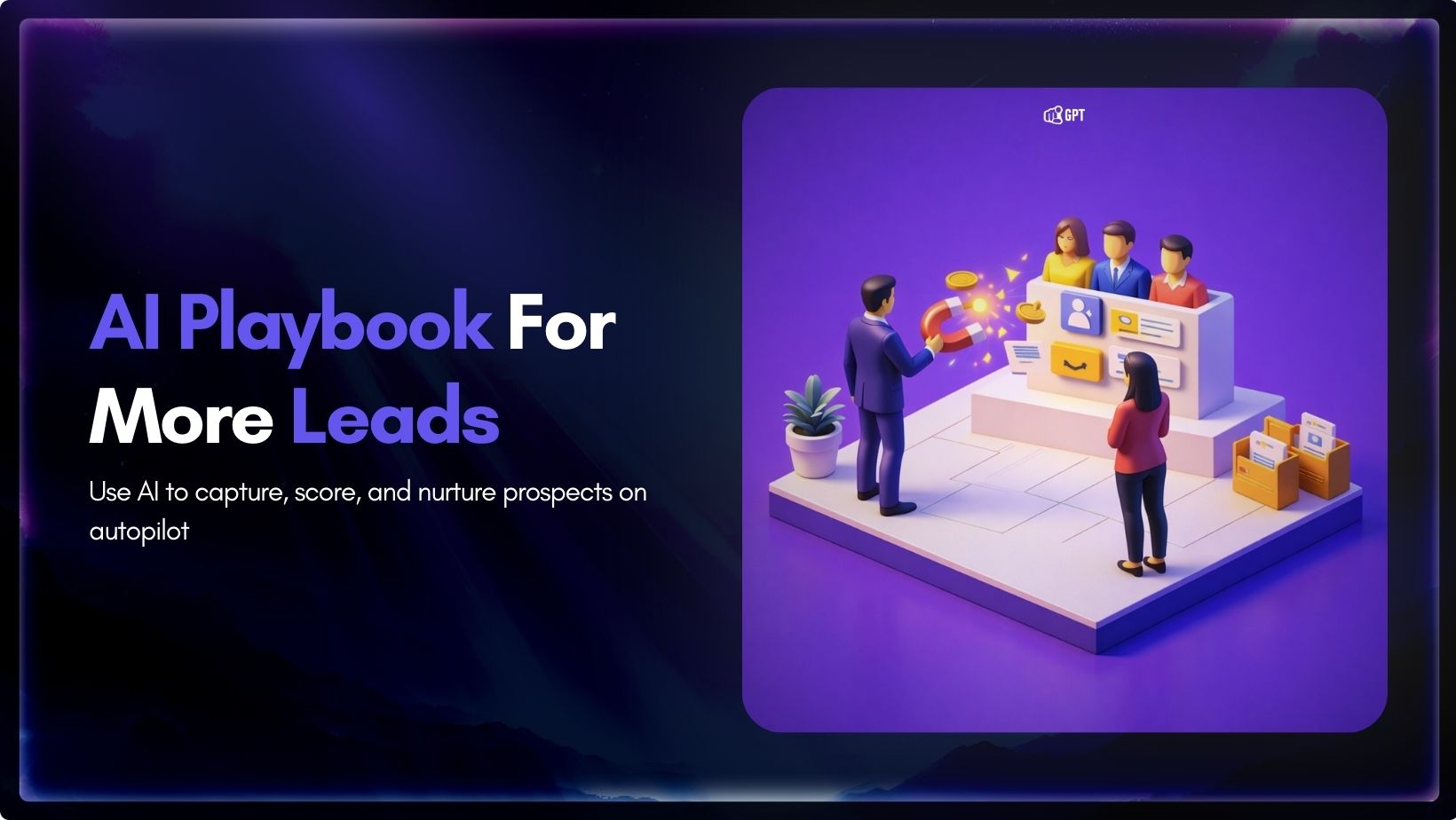
Most businesses do not struggle to generate leads. They struggle to know which ones are worth acting on. Forms get filled, DMs arrive, emails are opened, and chats happen across multiple tools. Some prospects convert. Most do not. The real problem is that there is no reliable way to tell, early enough, which signals actually […]

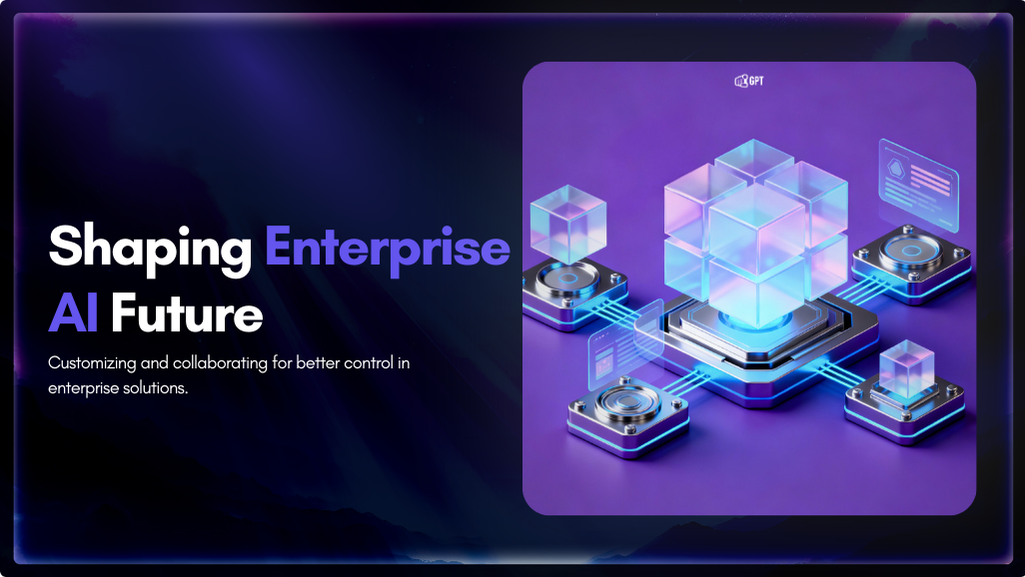
Artificial Intelligence has advanced quickly over the past five years, moving from an experiment to a standard component of modern business. AI has become a central part of enterprise strategy. 88% of organizations are now using AI. This figure has increased from 78% the year before. This transformation is reshaping how companies run, communicate, and […]
